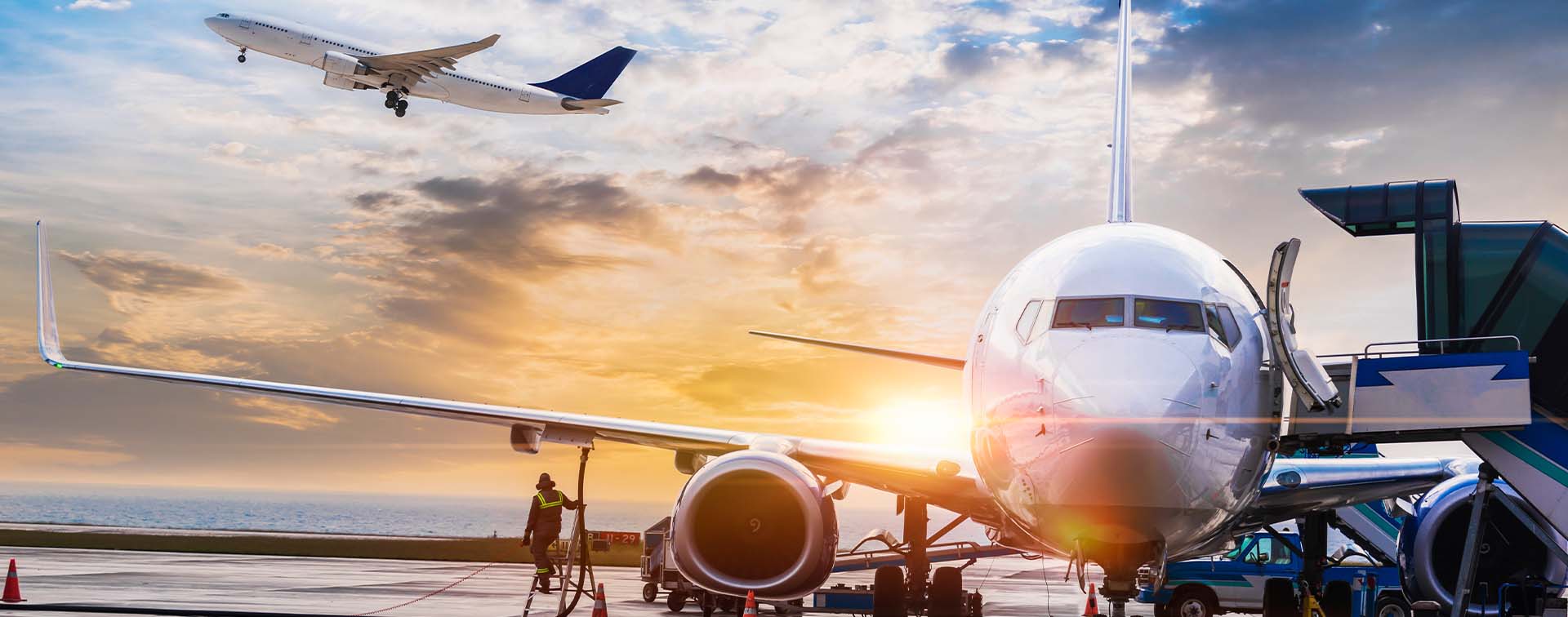
Dr. Marie Owens Thomsen is the Chief Economist at the International Air Transport Association. She has received awards for the best analyst of the French economy and for outstanding contribution to wealth management thought leadership.
The Covid-19 pandemic was catastrophic for aviation. But aviation is resilient. And it is bouncing back. The tough actions taken by airlines to stay afloat as revenue evaporated, as well as loans and investment received from shareholders and financiers, and in some cases support from governments, have paid off. Aviation is leaner, tougher, and nimbler.
People who longed for the freedom to fly are taking to the skies again — and in growing numbers. Passenger numbers should reach 83% of pre-pandemic levels in 2022. By 2023, many markets should see traffic reach or exceed pre-pandemic levels, while we expect this to be the case for the industry overall in 2024.
The International Air Transport Association (IATA) recently released an outlook for the industry that shows losses in 2021 close to USD 42 billion, down from an earlier estimate of USD 52 billion. In 2022, global losses will be cut further, to USD 9.7 billion. Industrywide profits should be on the horizon in 2023.

Strong pent-up demand and the lifting of travel restrictions are the most important drivers of increased traffic and the improved financial performance of airlines at the current junction. Demand is soaring thanks to the low unemployment in many countries and the high levels of savings accumulated during the pandemic. Airlines are also showing efficiency gains and improved yields despite the challenging cost environment that sees not only high fuel prices but also price increases across the board.
While the industry outlook is positive, the business environment remains challenging.
Inflation topped 9% in the OECD in April this year. The World Bank expects energy prices to soar by 50% compared to prices in 2021. Russia’s invasion of Ukraine has destabilized globalization and recreated a geopolitical divide not seen since the Cold War. In addition, the war is threatening the world’s food supply.
The impact of the Russian invasion of Ukraine on aviation pales in comparison with the unfolding humanitarian tragedy experienced in the country. Should the war in Ukraine escalate beyond its current borders, however, this would have a significant effect on the outlook for aviation — and for the world.
Interest rates are rising as central banks combat inflation. Inflation is harmful to the economy because it acts as a tax, reducing both economic activity and purchasing power. Conversely, it is helpful to all those carrying debt, the real value of which declines with the rate of inflation. In the near-term, the benefit of the latter is greater than the harm of the former. This could, of course, reverse should inflation continue to rise and should central banks have to raise interest rates beyond what is currently expected.
Moreover, the strength of the US dollar will have a dampening effect on global GDP growth in general. A strong dollar increases the local currency price of all USD-denominated debt and adds to the burden of paying for USD-denominated fuel imports as well.
Many governments ignored the World Health Organization’s advice that border closures are not an effective means of controlling the spread of a virus. Many countries have by now come to the same realization, though there is a risk of future knee-jerk border closings in response to any further outbreaks. Helpful too in this context is the strong and growing population immunity to Covid-19, limiting the need for drastic action.
China’s domestic market alone accounted for about 10% of global traffic in 2019. IATA’s outlook assumes a gradual easing of Covid-19 restrictions in 2023. An earlier move away from China’s zero-Covid policy would improve the outlook for the industry, while a prolonged implementation of lockdowns will continue to depress the world’s second-largest domestic market and wreak havoc on global supply chains.
Notwithstanding the unprecedented shock of the pandemic, airlines are within reach of delivering a positive financial result. This is a stunning testimony to the industry’s resilience and agility. It also demonstrates the importance of connectivity in our global economy, as the willingness to travel and the necessity of transporting goods are both apparent.
While previous shocks to the aviation industry were less serious than the 2020–2021 Covid crisis, our industry has weathered many crises with similar proof of adaptability on display. One of the most challenging, the 2008 Global Financial Crisis, preceded a decade of the strongest financial performance ever for airlines. History could just repeat itself.